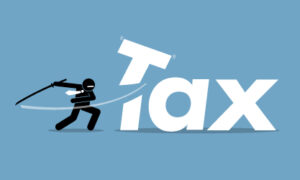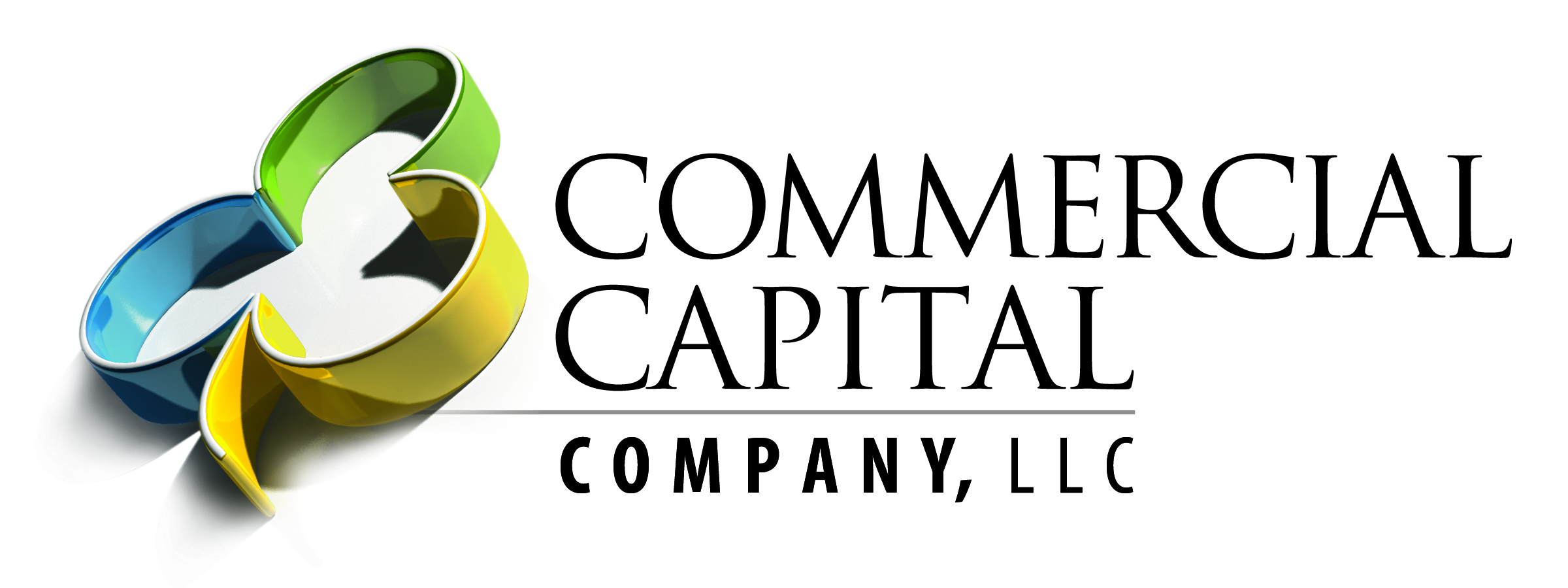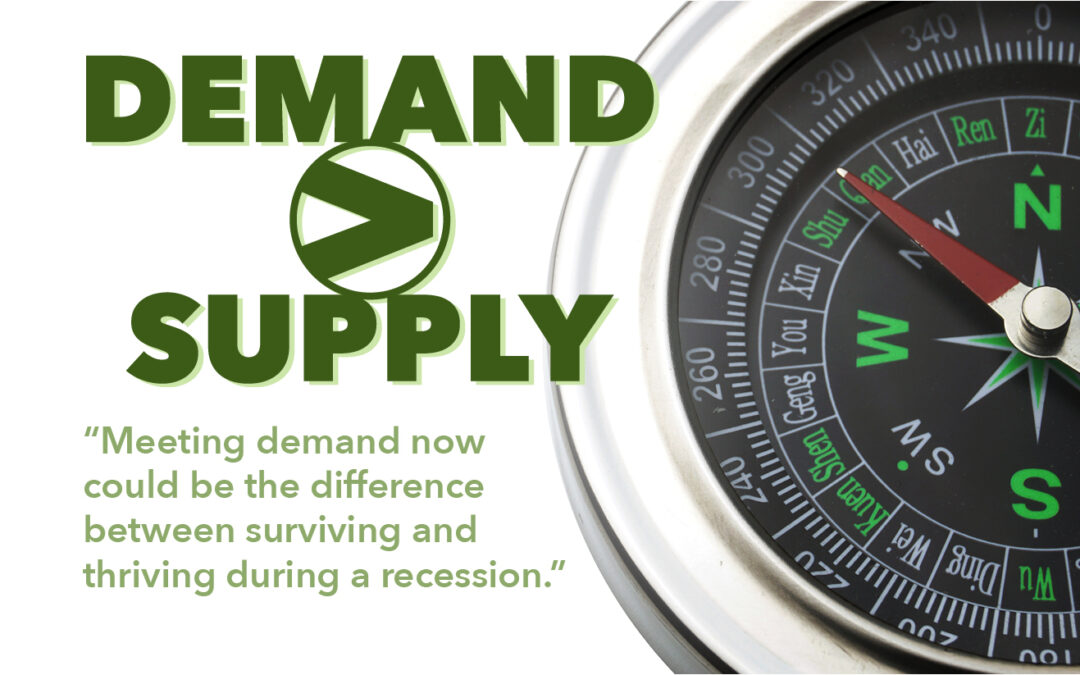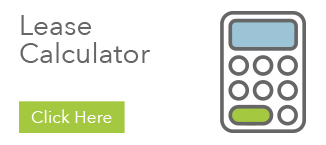If the U.S. Makes it Through March 2024 Without a Recession, We’ll Break Historical Trends
Key Take Aways
- The cost of borrowing money is not likely to be more affordable until the Feds begin to cut interest rates
- At their November 1st meeting, the Federal Reserve announced its decision to keep rates the same
- Central bank officials are monitoring data closely and are keeping options open for further rate increases
- The recent rise in longer-dated government bonds may have influenced policymakers that their actions are effective
- Third quarter of 2023, gross domestic product (GDP) increased at a 4.9% annualized rate
- If the U.S. makes it through March 2024 without a recession, we’ll break historical trends.
- Strength of labor market took experts by surprise
No Rate Hikes For Now, But No Promises Either
The Federal Reserve says economy grew at ‘strong’ pace in third quarter. In fact, the U.S. economy grew at its fastest rate since the third quarter of 2021. The Fed did not raise rates for a second-straight time at their policy meeting on the first of November and kept the federal funds target rate at 5.25% to 5.5%. This was welcome news to U.S. markets as they climbed higher, rebounding after a dismal October and three straight months of losses. Federal Reserve Chair Jerome Powell’s assumption that rates are currently high enough to tame inflation in the near future is giving the markets confidence to grow now.
“We may have underestimated the balance sheet strength of households and small businesses, and that may be part of it,” Powell said during the press conference.
In the third quarter of 2023, gross domestic product (GDP) increased at a 4.9% annualized rate which is more than twice the rate of growth in the prior quarter in defiance of the Fed’s efforts to slow the economy and reduce inflation. Inflation has been coming down, but it’s still running well above their 2% target. Powell stated that monetary policy might not be restrictive enough as officials weren’t yet satisfied with the progress being made on inflation. He said would not rule out another rate hike at the Fed’s next meeting in December, but Wall Street doesn’t seemed to fear further economically painful hikes.
“The idea that it would be difficult to raise again after stopping for a meeting or two is just not right,” Powell said. “The Committee will always do what it thinks is appropriate at the time.”
Monetary policy has always been known for its delayed reactions and consequences, but ultimately the Feds might not know they’ve done enough to slow price pressures until it’s too late. According to the Fed, annual inflation was 3.4% in September for the third month in a row compared to 8.20% last year.
“We understand the hardship that high inflation is causing and we remain strongly committed to bringing inflation back down to our 2% goal,” Powell said.
Heading Into Uncharted Territory
 Finding true North is a real challenge. With so many economists predicting a recession in the last 12 to 18 months, it gives reason for concern. Without a recession, the U.S. economy is almost in uncharted territory based on historical data. Numerous historical instances where average wage inflation was 5% and the unemployment rate was below 5%, there was a recession within two years. Currently, the U.S. inflation rate is 3.7% and unemployment is 3.9%. The US economy ticked the first box in the fourth quarter of 2021 and the second in the first quarter of 2022. If the U.S. makes it through March 2024 without a recession, we’ll break historical trends.
Finding true North is a real challenge. With so many economists predicting a recession in the last 12 to 18 months, it gives reason for concern. Without a recession, the U.S. economy is almost in uncharted territory based on historical data. Numerous historical instances where average wage inflation was 5% and the unemployment rate was below 5%, there was a recession within two years. Currently, the U.S. inflation rate is 3.7% and unemployment is 3.9%. The US economy ticked the first box in the fourth quarter of 2021 and the second in the first quarter of 2022. If the U.S. makes it through March 2024 without a recession, we’ll break historical trends.
The assumption with these recession predictions is that to fight inflation, the Fed would have to raise interest rates high enough to cause a recession. However, the economy has been brawny despite higher interest rates and inflation has fallen without too much pain for the average American, so far.
Stock Prices Rose and Bond Yields Fell
 The Dow rose by 0.7% or 221 points on trading Wednesday, November 1. The S&P 500 was up 1.1% and the tech-heavy Nasdaq Composite was 1.6% higher. Meanwhile, Treasury yields receded to 4.76% on the Fed’s news. It seems rising bond yields influenced the Federal Reserve’s rate decision. Driven by higher longer-term bond yields, financial conditions have tightened significantly in recent months. Financial markets have sent interest rates on 10-year Treasury notes to near 16-year highs and caused higher loan rates throughout the economy.
The Dow rose by 0.7% or 221 points on trading Wednesday, November 1. The S&P 500 was up 1.1% and the tech-heavy Nasdaq Composite was 1.6% higher. Meanwhile, Treasury yields receded to 4.76% on the Fed’s news. It seems rising bond yields influenced the Federal Reserve’s rate decision. Driven by higher longer-term bond yields, financial conditions have tightened significantly in recent months. Financial markets have sent interest rates on 10-year Treasury notes to near 16-year highs and caused higher loan rates throughout the economy.
“The stock market is convinced that the Fed is done,” said Michael Arone, chief investment strategist at State Street Global Advisors. “That may in fact be true, but they haven’t said that yet.”
Expect the government to sell potentially trillions of dollars more in bonds in the next few years to finance huge budget deficits while the Fed reduces its bond holdings. This may result in higher Treasury rates to attract more buyers.
The Labor Market
 The labor force has grown by nearly 3 million so far this year. Job openings edged up for the second month in a row. In October, employers created the most new jobs since January. This took experts by surprise. Remember last year when naysayers predicted we’d be in a recession by now? The economy’s resilience has not stalled the labor market as hiring remains robust, but the rate of pay increases has slowed.
The labor force has grown by nearly 3 million so far this year. Job openings edged up for the second month in a row. In October, employers created the most new jobs since January. This took experts by surprise. Remember last year when naysayers predicted we’d be in a recession by now? The economy’s resilience has not stalled the labor market as hiring remains robust, but the rate of pay increases has slowed.
Powell doesn’t think wages have been the principal driver of inflation. The decline in wage gains in the last two quarters was close to the Fed’s expectations. He noted a steady decline in pay increases tend to ease inflation as companies may find it less necessary to offset their labor costs by raising prices. The better-than-expected economy could still make the Fed’s goal of slowing inflation even harder.
“I still believe, and my colleagues for the most part still believe, that it is likely to be true … that we will need to see some slower growth and some softening in the labor market to fully restore price stability,” Powell stated.
Equipment Financing
Despite the fluctuations and uncertainties about our economy, companies continue to invest in equipment and technology to meet a steady, never-ending demand.
“Your business can see this as a sign that demand is expected to continue and leasing new equipment could be a wise investment,” says Michael DiCecco, Executive Managing Director of Asset Finance at Huntington, and Immediate Past Chairman of the Equipment Leasing & Finance Association (ELFA). “Meeting that demand now could be the difference between surviving and thriving during a recession.”
The cost of borrowing money is not likely to be more affordable until the Feds begin to cut interest rates. That decision could still be months away as inflation stays stubbornly above officials’ 2% goal.
“Maybe this is as high as interest rates will get, but even if that proves to be the case, it is far too early for the Fed to admit as much,” says Greg McBride, CFA, Bankrate chief financial analyst. “To have the full effect of keeping interest rates higher for longer, the Fed will maintain a posture that rates could go higher and that any rate cuts are quite a ways off.”
One’s borrowing history and credit scores could push interest rates even higher. Traditional banks and financial firms could also tighten their lending criteria as the money supply shrinks. No one has a crystal ball to time the market perfectly, but if you need equipment soon, focus on keeping strong-to-excellent credit in order to get a lenders’ best offers and rates.
Don’t Forget Your Tax Break!
 The Section 179 Deduction can be a valuable tax break for businesses that purchase new or used equipment. It can help businesses save money on their taxes and improve their cash flow. Section 179 of the Internal Revenue Code allows businesses to deduct the full cost of certain qualifying equipment in the year it is purchased and placed in service. This is in contrast to the normal depreciation rules, which require businesses to deduct the cost of equipment over a period of years. The Section 179 deduction is available to businesses that purchase or lease new or used qualified equipment for use in their trade or business. The equipment must be used more than 50% of the time for business purposes. Click Here For More Details!
The Section 179 Deduction can be a valuable tax break for businesses that purchase new or used equipment. It can help businesses save money on their taxes and improve their cash flow. Section 179 of the Internal Revenue Code allows businesses to deduct the full cost of certain qualifying equipment in the year it is purchased and placed in service. This is in contrast to the normal depreciation rules, which require businesses to deduct the cost of equipment over a period of years. The Section 179 deduction is available to businesses that purchase or lease new or used qualified equipment for use in their trade or business. The equipment must be used more than 50% of the time for business purposes. Click Here For More Details!
Building Financial Relationships That Matter
Business success is all about choices. Choosing a financial partner that understands your business is the best place to start. Commercial Capital provides opportunity for companies to acquire new and used equipment without sacrificing their cash flow. We guide local small business owners through the commercial credit process by listening to their goals and structuring financial solutions that promote growth.
Conclusion
The U.S. economy has continued to grow throughout 2023 despite a multitude of economic risks. Expect the lingering economic volatility caused by the pandemic to diminish as we move into 2024. In the second half of 2024, overall growth should return to more stable pre-pandemic rates, inflation will diminish closer to 2 percent, and the Fed will lower rates to near 4 percent. Because of an aging labor force, expect tightness in the labor market to remain an ongoing challenge for the foreseeable future.
A Results Driven Equipment Finance Company
With a track record of success, Commercial Capital Company is proud to have funded millions of dollars in small business financing, helping businesses across nation in various industries achieve their goals.
We specialize in providing affordable equipment loans and leases to businesses in construction, manufacturing, transportation/logistics, healthcare, agriculture, food services, technology and IT to name a few.
Secure the equipment financing you need to propel your business forward.
Contact Us
13910 W 96th Terrace
Lenexa, KS 66215
Toll Free: (800) 878-8053
Direct: (913) 341-0053
E-mail: sales@ccckc.com
We’re a Veteran Owned Business.
We proudly support our nation’s veterans. Find us on Veteran Quote.



